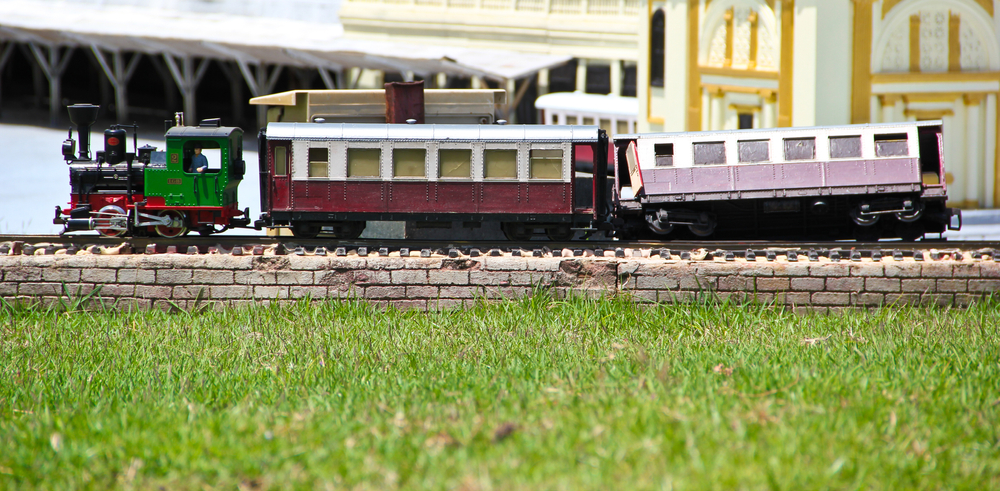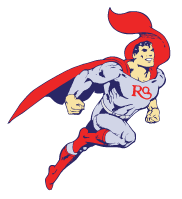Have you ever been frustrated by a model training process that seemed stuck or unresponsive? Although training a model can be fascinating and complex, unanticipated roadblocks can leave you perplexed. We’ll look at some potential explanations for why your model training can stop in this blog post. Understanding these aspects might assist in clarifying why your model train stops moving and point you toward finding practical solutions. They range from hardware constraints and convergence plateaus to software problems and data-related difficulties. So let’s explore the complexities of training and discover why model training has stagnated.
Common Reasons Electric Model Trains Break Down:
- Dirty Track: When the track is dirty and in poor condition, it makes it difficult for the train’s wheels to conduct electricity, which causes frequent stops.
- Dirty Locomotive Wheels and/or Pickups: One of the most frequent reasons for train failures is the buildup of dirt on the locomotive wheels or pickups, which interferes with the electrical connection necessary for efficient operation.
- Incorrectly Wired Points: Crossovers and even reverse loops can be tricky to wire correctly, and any wiring mistakes might result in short circuits, which can cause train halts.
Poor Track Connections: A solder joint is the most durable link between the track & the train. Improper connections, such as frayed or improperly secured cables, can disrupt the flow of power and a train’s motion.
- Conditions of Overload: Using outdated locomotives that consume more current or operating multiple locomotives concurrently could overload the power supply, resulting in disruptions and periodic stops in train operation.
Understanding these typical reasons for electric model train breakdowns can make it easier for you to troubleshoot and resolve the problems, resulting in more efficient and unbroken train operations.
We at Charles Ro know the difficulties and frustrations that can occur when your electric model train experiences problems like unclean track, grimy locomotive wheels, overheating motors, improperly wired points, shoddy connections, or overload situations.
Our specially designed workshop has the know-how and resources to identify and fix problems impacting your locomotives. We pride ourselves on offering all-encompassing solutions to guarantee seamless and unbroken railway operations. We have the know-how to handle any issue, whether it involves sanitizing and preserving the conductivity of the track, repairing and cleaning the wheels and pickups of locomotives, troubleshooting motor issues, fixing wiring issues, or creating reliable connections.
You can trust that your electric model trains will be in competent hands if you choose Charles Ro. We are the best choice to address any technical difficulties you may face because of our dedication to client satisfaction and our breadth of industry knowledge. Let us assist you in getting your trains back on track so you may continue to enjoy railway modeling despite these issues.
Contact us now to discuss your unique requirements and let our knowledgeable team deliver the necessary solutions.


